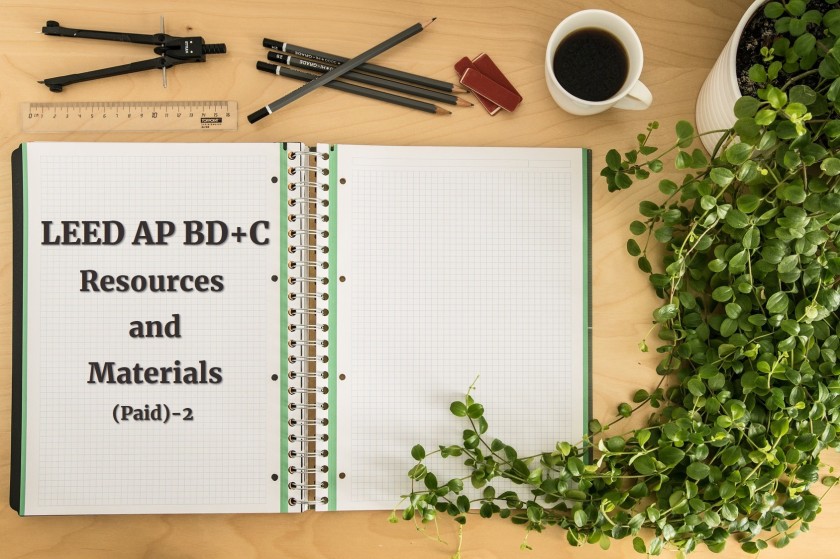
This is part of a series of articles on the experience of giving the LEED AP BD+C examination. You can access the entire series from our Menu Topic titled ‘ LEED‘.

Our first article looked at why the LEED AP BD+C exam could prove difficult to crack. The following 2 weeks elaborated on 11 Essential ‘Need -to-Knows’ before LEED AP BD+C Prep (Part 1, Part 2). We then looked at LEED AP BD+C: Resources and Materials (Free). This was followed by a list of Paid Resources and Materials (Study Resources; Practice Questions; Project Experience and Direct Classes/ Webinars) available online, in case you felt the need for them after referring to the free items.
This week, we look at LEED AP BD+C: Setting Exam Timeline – 4 Considerations. Setting a realistic timeline is crucial for preparation. It should take into account various factors that would differ between individuals.
1) Experience
LEED Specific Project Experience, Prior Industry experience, Professional and Academic Background
Like mentioned earlier, many of our team did not have prior LEED Specific Project Experience. This makes it harder to pass the exam, although it is still doable. You need to factor this into your timeline. However, our candidates were either Architects, Engineers, or had some prior Sustainability background. This is extremely useful and partially makes up for the lack of LEED Specific Project experience.
You may want to increase or decrease the prep time based on your comfort level and background. From the experience of our team candidates, the average timeline for preparation ranged from 1 – 1.5 months. Once the timeline was set, a date was fixed, and the exam fees was paid. This becomes a push factor to work towards the goal, with a deadline looming ahead.
2) Gap after GA
Having a Gap between the LEED Green Associate and LEED AP Examinations
We would suggest you give both exams (LEED Green Associate and LEED AP) with at least a year’s gap in between.
For one, it is a slightly stressful experience – so taking a break might help.
Secondly, these preparations if tackled well, don’t just help you pass the exam. You get a larger understanding of the Sustainability Industry. To grow as a professional, we suggest you first pass the LEED Green Associate examination. Then try and use the expanded understanding from the exam by engaging in related industry activities for at least a year. You could then apply that experience into your preparation for the next level.
3) Time Available
Amount of time available to dedicate to studying for the exam
You may be working full time, part – time, not at all or studying. This will strongly impact your timeline.
For example, one of our candidates set a timeline of 1.5 months. This included –
- First Month – 6-7 hours LEED studies per day
- Last 15 days – 10+ hours each day
You could decide based on this example accordingly.
4) Speed, Stress, Patience
Learning Speed, Stress Management Ability, Patience Level
Our team consisted of various kinds of people. Quick and slow learners. Some can retain concepts for longer, while others may need to revise more often. The ability to handle pressure also differs. Stress increases as the exam date nears. It is better to truly assess your personal speed, studying style, level of patience and stress management ability to avoid unnecessary pressure to build up. Ultimately it is preferable to treat the experience as not just an exam, but an opportunity to grow professionally. So self-assess, decide and go for it!
That’s all for today. We hope the LEED Series has been helpful for you so far.
If you have suggestions for other topics or questions related to this content, kindly let us know in the comments.
Alternatively, you could leave us a message here.
Thank you for reading!


























